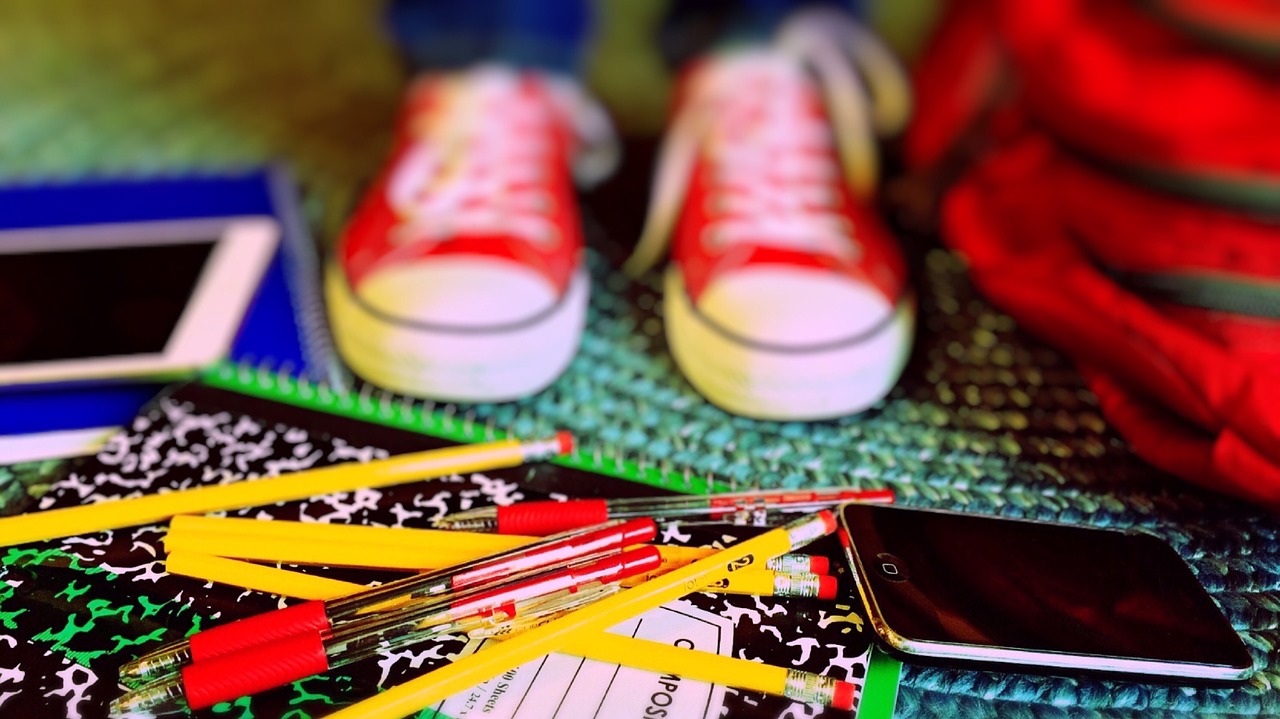This post is sponsored by ISTE.
Districts from around the country are spending millions on mobile devices and many are allowing students to bring their own technology to school. While giving students more access to technology can help personalize learning and differentiate instruction, it’s not something that happens magically.
Determining what skills students need in order to be future-ready and figuring out the role that devices play in that outcome can be challenging for all educators. Here are three things to understand before you embark on a mobile technology initiative for your district or school.
- It’s not about consuming information anymore. We are asking our students to be proactive problem-solvers. We want them to lead and collaborate but also take risks and not be afraid to fail. Technology can help enhance all of these skills — but not if the device is just being used as an e-reader. Schools that invest millions in devices with the goal of replacing textbooks are wasting money and the potential of the device.
- The tool should be invisible. Michael Cohen, an educational technology director, thinks of school technology much like a light bulb or refrigerator. No device is about the innovation itself; rather, it’s about the technology’s ability to revolutionize. Eventually, the invention should become invisible. After all, when was the last time you gave much thought to a lightbulb? And yet, it changed the way the world operates by allowing people to remain active and productive at night. Cohen challenges people to view ed tech the same way. Mobile devices liberate learners by giving them easy access to creative tools, quality content and up-to-date information.
- Students need professional learning too. We often wrongly assume that students are “digital natives” and require little support when it comes to devices. But often when you hand one of these natives a device, they quickly become restless, go off task, struggle to organize themselves and quickly become distracted. Lisa Johnson, an educational technologist, stresses the importance of teaching students communication and presentation skills as well as ways to curate content and cultivate their curiosity. To truly affect learning with mobile devices, schools need to dedicate time and support for their most important customers: the students.
Want to learn more about how to implement mobile technology effectively in your school or district? Join Michael Cohen, Lisa Johnson and me for a panel discussion on The Myth of the Magical Devices at ISTE 2016. We’ll talk about how to make real magic in your classroom by creating experiences that nurture independent, confident and successful learners.
Carl Hooker is the author of the Mobile Mindset ISTE book series for principals and district leaders. He is the director of innovation and digital learning at Eanes ISD in Texas where he helped spearhead a mobile learning program that put iPads in the hands of all 8,000 students across the district.
